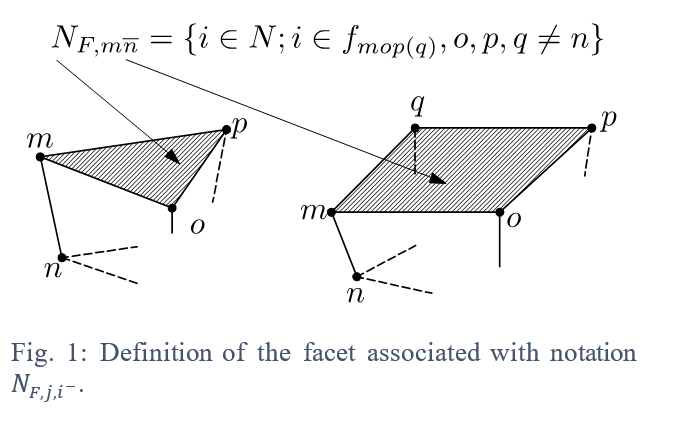
Using edge elements for modeling of 3-D magnetodynamic problem via a subproblem method
- Training Center of Electrical Engineering, School of Electrical Engineering, Hanoi University of Science and Technology
- Electrical Engineering and Computer Science Department of the University of Liège, Belgium
Abstract
Introduction: The mathematical modeling of electromagnetic problems in electrical devices are often presented by Maxwell’s equations and constitutive material laws. These equations are partial differential equations linked to fields and their sources. In order to solve these equations and simulate the distribution of magnetic fields and eddy current losses of electromagnetic problems, a subproblem method for modeling a 3-D magnetodymic problem with the b-conformal formulation is proposed.
Methods: In this paper, the subproblem method with using edge finite elements is proposed for coupling subproblems via several steps to treat and deal with some troubles regarding to electromagnetic problems that gets quite difficulties when directly applying a finite element method. In the strategy subproblem method, it allows a complete problem to define into several subproblems with adapted dimensions. Each subproblem can be solved on its independent domain and mesh without performing in whole domain or mesh. This easily supports meshing and decreases computing time.
Results: The obtained results, the subproblem method with edge elements indicates magnetic flux densities and the eddy current losses in the conducting region. The computed results is also compared with the measured results done by other authors. This can be shown that there is a very good agreement.
Conclusion: The validated method has been successfully applied to a practical test problem (TEAM Problem 7).

